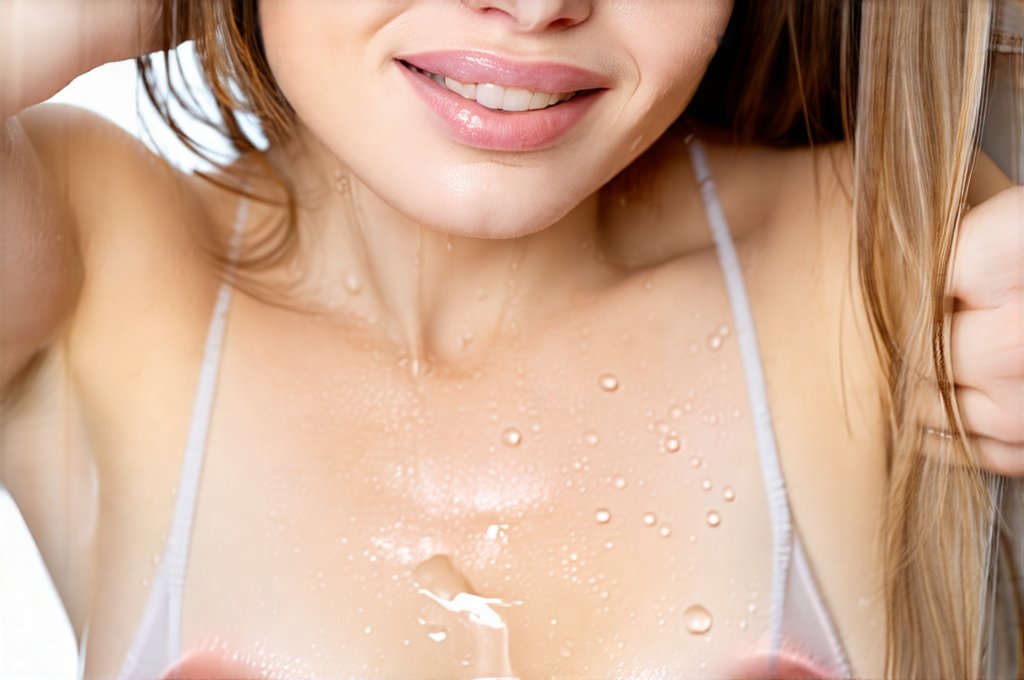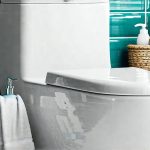Staying adequately hydrated is fundamental to overall health and well-being, impacting everything from cognitive function and energy levels to physical performance and disease prevention. However, many people struggle with maintaining proper hydration, often falling into patterns of either drinking too little or consuming excessive fluids that lead to frequent bathroom trips and disruption of daily life. The key isn’t simply how much you drink, but rather when and what you drink, alongside understanding your body’s individual needs and signals. A nuanced approach to hydration can unlock significant benefits without creating unnecessary inconvenience or discomfort.
The challenge often arises from a misunderstanding of fluid balance and bladder control. We’re frequently advised to drink eight glasses of water daily, but this is a generalization that doesn’t account for factors like activity level, climate, diet, and individual physiology. Moreover, consistently gulping down large volumes of liquid at once can overwhelm the bladder’s capacity, leading to urgency and potentially impacting bladder health over time. A more effective strategy involves spreading fluid intake throughout the day, choosing hydrating beverages wisely, and recognizing subtle cues from your body indicating thirst or fullness. This article will explore practical techniques for achieving optimal hydration without constantly running to the restroom, focusing on mindful consumption and sustainable habits.
Understanding Fluid Balance & Bladder Capacity
The human bladder is a remarkable organ capable of expanding significantly, but it also has its limits. Its average functional capacity ranges from 16-24 ounces (around 500-700ml), though individual variations exist. Repeatedly exceeding this capacity can stretch the bladder muscles over time, potentially diminishing their ability to contract effectively and leading to a feeling of incomplete emptying. Conversely, habitually holding urine for extended periods weakens the pelvic floor muscles, which support the bladder and urethra, increasing the risk of incontinence. Therefore, maintaining a healthy fluid balance isn’t just about intake—it’s about how you distribute that intake throughout your day.
A critical component of this is understanding that hydration doesn’t solely come from water. Many fruits and vegetables have high water content – think watermelon, cucumbers, oranges, and berries – contributing to daily fluid needs. Similarly, beverages like herbal teas, diluted juices (in moderation), and even milk can contribute to overall hydration. Electrolytes play a crucial role as well; they help regulate fluid balance within the body, ensuring proper absorption and utilization of water. Losing electrolytes through sweat during exercise or illness necessitates replenishing them with electrolyte-rich foods or drinks.
Finally, recognize that thirst isn’t always the most reliable indicator of dehydration. As we age, our thirst sensation tends to diminish, making older adults more vulnerable to dehydration. Additionally, certain medications and medical conditions can also affect thirst perception. Therefore, proactive hydration—drinking consistently throughout the day even when you don’t feel thirsty – is often recommended. If you are concerned about bladder issues, it’s helpful to understand how to tell if your bladder is fully emptying.
Strategies for Sustained Hydration & Bladder Control
Instead of large gulps of water, prioritize sipping fluids throughout the day. This allows your bladder to gradually fill without being overwhelmed and minimizes feelings of urgency. Carry a reusable water bottle with you as a visual reminder to drink regularly. Set alarms on your phone or use hydration tracking apps to prompt you to take sips at consistent intervals. A good baseline is aiming for 4-8 ounces every hour, adjusting based on activity level and climate.
Be mindful of beverage choices. Caffeinated drinks (coffee, tea, soda) and alcohol are diuretics, meaning they increase urine production and can contribute to dehydration if not balanced with sufficient water intake. Sugary beverages offer minimal hydration benefits and can have negative health consequences. Opt for water, herbal teas, or diluted fruit juices as your primary sources of fluid. Additionally, consider the timing of fluid consumption; reducing intake a few hours before bedtime can minimize nighttime bathroom trips.
Furthermore, strengthening your pelvic floor muscles through exercises like Kegels can improve bladder control and reduce urgency. These exercises involve contracting and relaxing the muscles that support the bladder and urethra, helping to prevent accidental leakage. Consistent practice (several times a day) can yield noticeable results over time. Those who experience bladder spasms may find it helpful to learn how to handle bladder spasms without panic.
Identifying & Addressing Triggers for Bladder Urgency
Many factors beyond fluid intake can contribute to bladder urgency. Certain foods and beverages – particularly spicy foods, citrus fruits, artificial sweeteners, and carbonated drinks – can irritate the bladder lining and trigger frequent urination. Keeping a food diary to identify potential triggers can be extremely helpful in managing symptoms.
- Food sensitivities: Pay attention to how your body reacts to different foods and eliminate those that exacerbate urgency.
- Medications: Some medications have diuretic effects or can impact bladder function; discuss any concerns with your doctor.
- Underlying medical conditions: Conditions like urinary tract infections (UTIs), overactive bladder syndrome, and diabetes can all contribute to frequent urination. If you experience persistent urgency or other concerning symptoms, consult a healthcare professional for proper diagnosis and treatment.
The Role of Electrolytes & Mineral Balance
Electrolytes – sodium, potassium, magnesium, and calcium – are essential for maintaining fluid balance within the body. They help regulate nerve and muscle function, and play a vital role in hydration. When you sweat, you lose electrolytes, so it’s important to replenish them, especially during physical activity or in hot weather.
- Electrolyte-rich foods: Include bananas (potassium), spinach (magnesium), yogurt (calcium), and pickles/sports drinks (sodium) in your diet.
- Hydration with electrolytes: Consider using electrolyte tablets or powders added to water during intense exercise or prolonged exposure to heat.
- Beware of excessive sodium intake: While sodium is necessary, too much can lead to fluid retention and potentially strain the kidneys. It’s important to know how to stay hydrated without overburdening the kidneys.
Practical Tips for Optimizing Hydration Throughout the Day
Creating a hydration routine that fits your lifestyle is key to long-term success. Here are some practical tips:
- Start your day with water: Drink 8-16 ounces of water immediately upon waking to rehydrate after sleep.
- Pair fluids with meals: Sip water or herbal tea during and between meals to stay consistently hydrated.
- Hydrate before, during, and after exercise: Adjust fluid intake based on activity level and climate.
- Listen to your body: Pay attention to signs of thirst (although don’t rely solely on it) and adjust intake accordingly.
- Plan for travel: Bring a reusable water bottle with you when traveling and avoid excessive caffeine or alcohol consumption.
- Consider the color of your urine: Pale yellow urine generally indicates adequate hydration, while dark yellow urine suggests dehydration. Many women find it helpful to learn how to stay hydrated without bladder irritation.





















